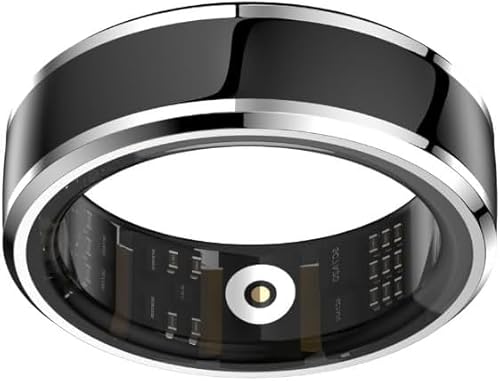Hi shah4u,
This is my first post and I wanted to comment on this part of your post asking about On-X vs St. Jude quoted above - very very important question!
Here’s what I understand, please anyone correct me if I’m wrong:
Your native valve opening is about 18-19mm. But your replacement valve will not have the same size opening. The inside opening will be smaller. This is because the vast majority of replacement valves have stuff that takes up space on the inside. The valve leaflets are attached to this foundation no matter whether the leaflets are bio or mechanical. So what is important is not the outside opening size of the replacement valve but the inside effective orifice area or EOA.
The EOA is very
important because of what is called Patient-Prothesis Mismatch or PPM. This is when the effective orifice area of the valve is too small so the heart still has to work too hard to get enough blood through the valve opening since the replacement valve opening is too small relative to body size metabolic requirements. This relativity between opening and body is the most tricky with smaller annulus.
The St. Judes Regent (I’m assuming your doctor is thinking about the Regent?) seems to be the best valve design with regard to dealing with PPM. Look at Tables 1 & 2 in this article
http://circ.ahajournals.org/content/119/7/1034#F6 for the normal reference valves for EOA for all the most commonly used prothetic valves, both bio and mechanical. You’ll see how the St Judes Regent design is by far the best on the EOA critera and On-X not so much.
When someone’s annulus is 23mm or so, maybe no problem with putting in On-X. But when you get into the smaller size annulus like 18-19mm, it’s a whole different story apparently. Because the benefits of a little less warfarin or a pannus barrier are nothing compared with downside of dealing with PPM 24/7 if someone ends up with an effective orifice area index that is too small for their body. This is basically like replacing native stenosis with replacement valve stenosis.
So in this case, it looks like your second doctor has a good reputation for a reason! I’d go with their recommendation for sure. Whereas the first doctor seems to be less knowledgable about PPM since they are willing to implant On-X in the context of 18-19mm annulus assuming your body isn’t especially petite. And even with a petite body, things can change down the road. So going for the largest effective orifice size possible might be the best bet in general and especially when we are talking mechanical.
I sure hope this is fairly clear and helps the next time you talk with your doctors about your valve choices. Good luck and all the best to you and everyone!





















